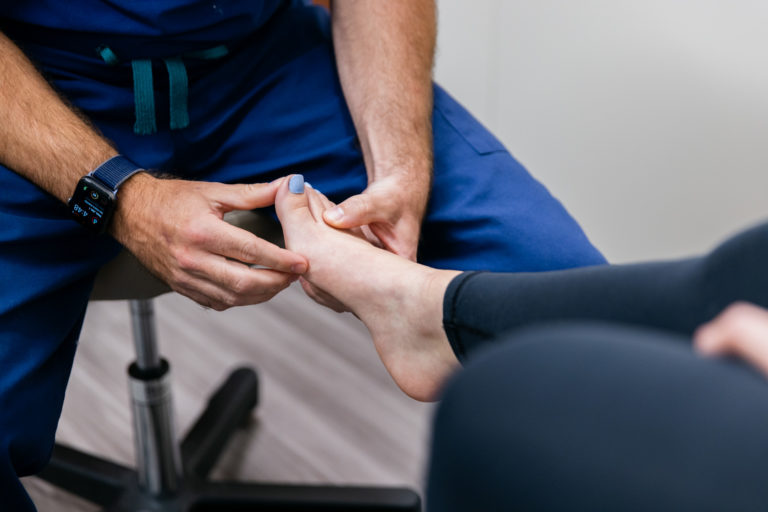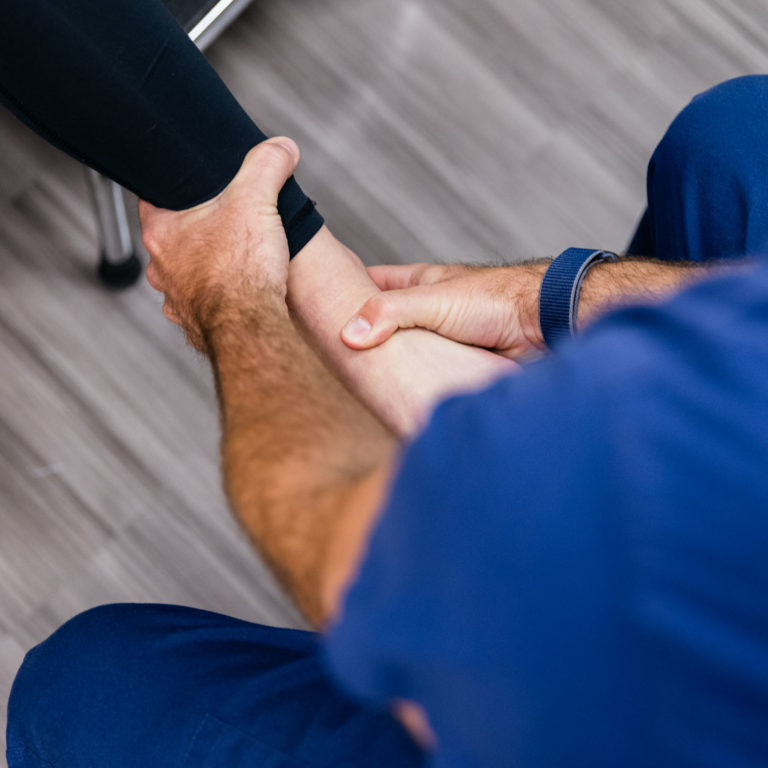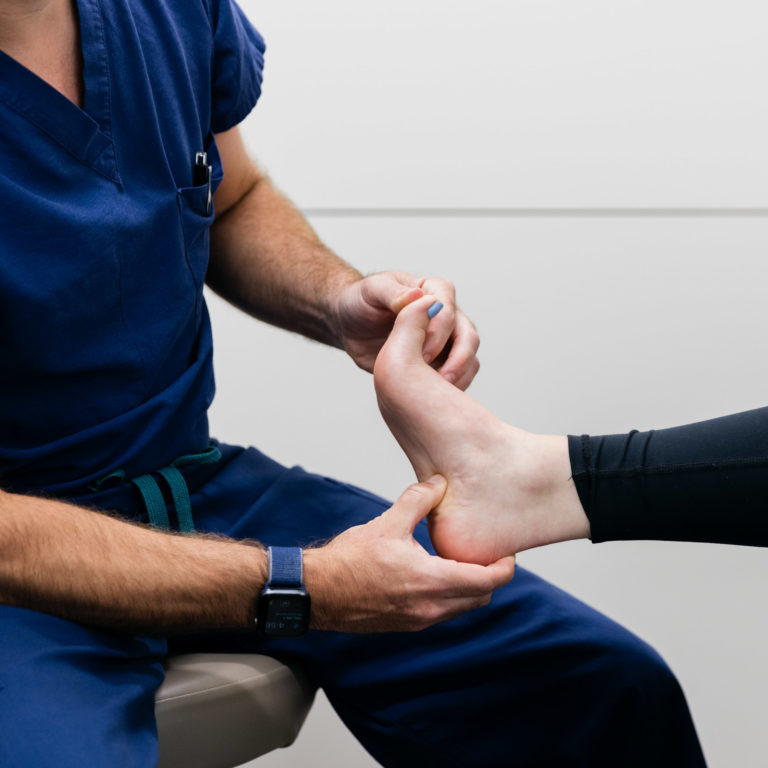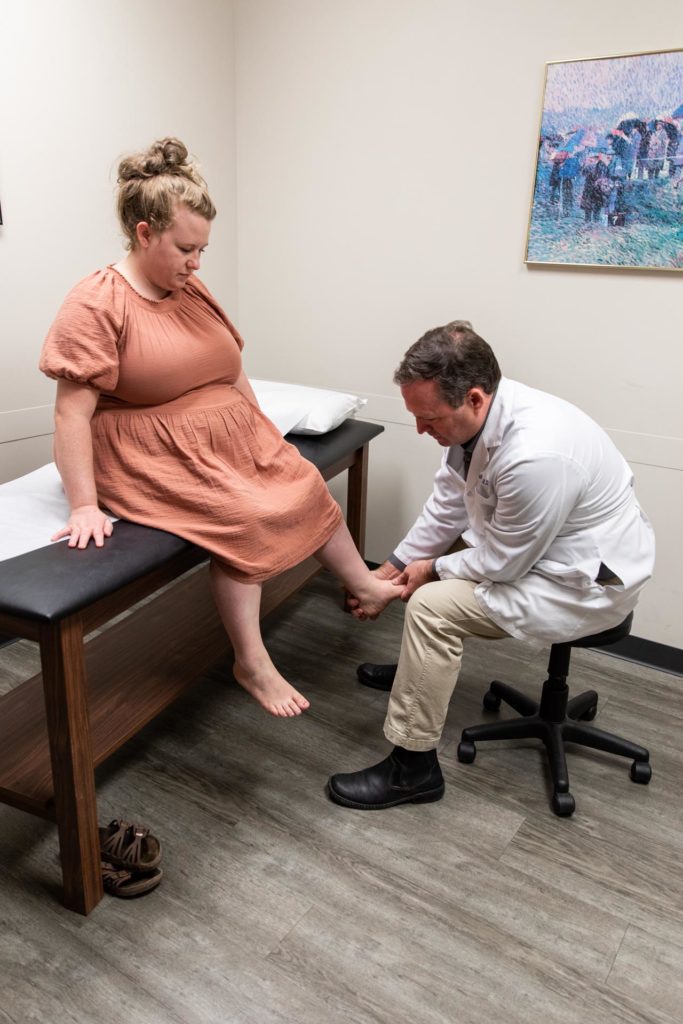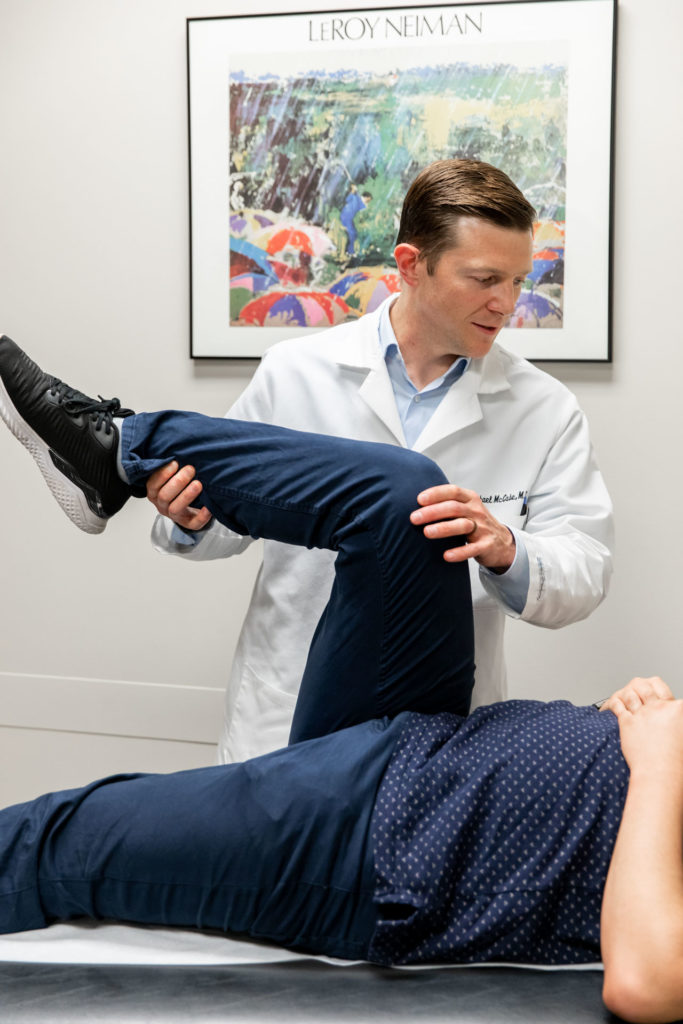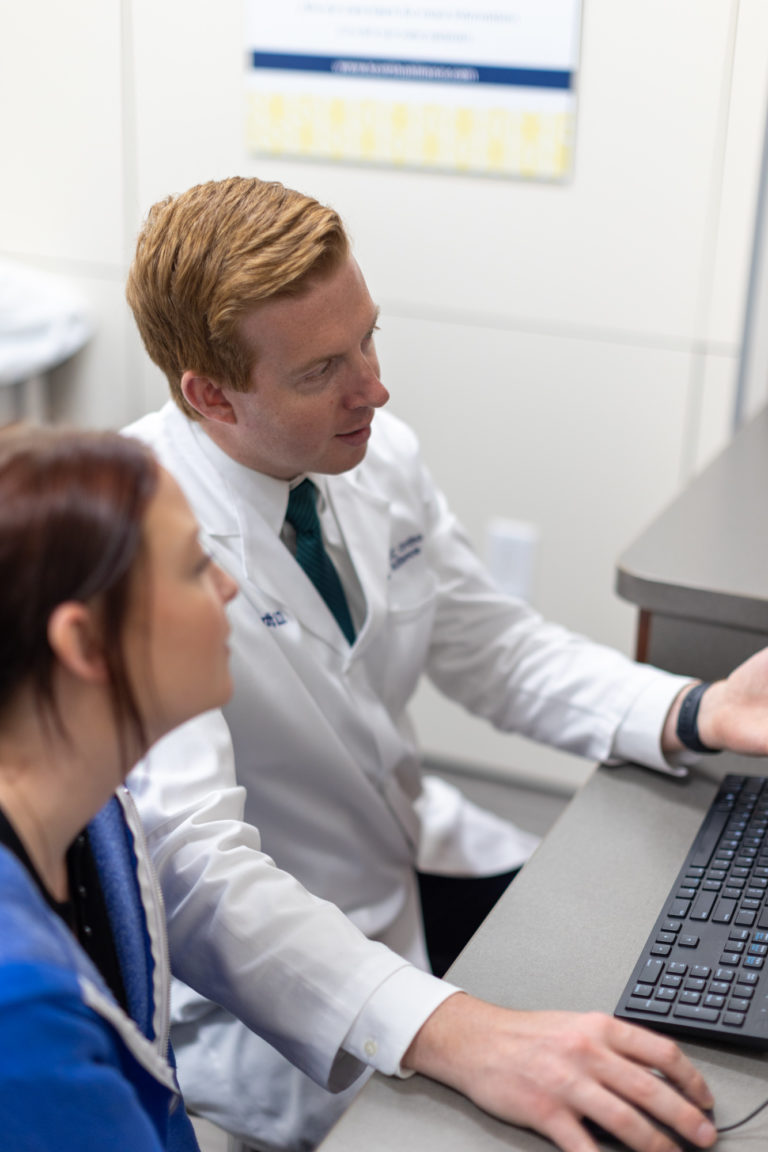Lapiplasty in Kansas City
Lapiplasty
Advanced surgery for permanent bunion relief.
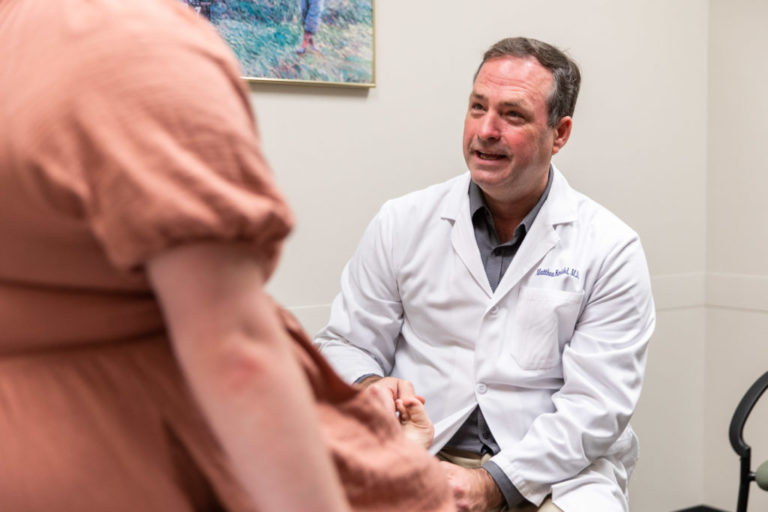
Lapiplasty in Kansas City
What is Joint Fusion Procedures?
Dealing with bunions can be a painful experience that leads to functional loss and deformity. Bunions occur when a person’s big toe bends toward the other toes on your feet, rather than straight ahead. This happens when the bone or tissues at the bottom of your big toe joint are under stress over time, causing the big toe to point inward surgical recommendations.
Without correction, this can cause complications with arthritis, skin irritation, and breakdown, and can even make it difficult to walk. In this instance, the providers at Kansas City Orthopedic Alliance can perform a lapiplasty if more conservative treatments aren’t effective. This surgical procedure corrects the malalignment in your toe and places it in a more normal position.
Our highly trained orthopedic foot and ankle physicians at Kansas City Orthopedic Alliance have the expertise required to treat numerous issues, both surgically and non-surgically. When you visit a specialist at KCOA, we focus on creating a treatment plan based on your specific conditions, symptoms, and recovery goals.
Choosing a lapiplasty in Kansas City is a decision that typically involves guidance from your primary care doctor and orthopedic physician.
When you choose Kansas City Orthopedic Alliance, one of our highly-trained orthopedic foot and ankle specialists will conduct an initial evaluation to better understand your condition. After a complete review of your results, your provider will then discuss whether lapiplasty is the best treatment option for you.
Signs of bunions include:
- Pain (specifically near the big toe)
- Tenderness
- Redness
- Hardened skin on the bottom of the foot
- A bump located on the big toe forcing it inward
- Stiffness and restricted motion in the big toe
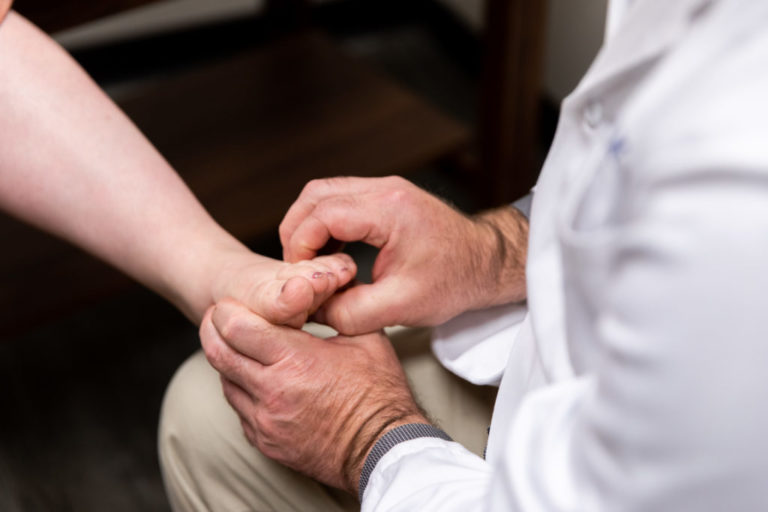
Kansas City Orthopedic Alliance Foot & Ankle Injuries Assessment
Assessing the Injury
Determining the proper ankle replacement treatment process starts with an assessment from one of our experienced providers.
You can think of foot and ankle pain as a spectrum, with some instances being more severe than others. The KCOA orthopedic specialists always focus on each patient and their concerns before creating a treatment plan.
Therefore, during your initial appointment, we will often ask questions such as:
- Does your pain currently limit you or your activities?
- Does walking or putting weight through your foot increase your symptoms?
- Has your pain progressed or worsened recently?
- Have you experienced any tingling or numbness in your foot that makes tasks difficult?
- Did you notice or hear a popping sound at the time of your injury?
- Have you noticed any change in your symptoms that has made it more challenging to function?
- What are your lifestyle goals?
- How has pain affected those goals?
The answers to these questions help shape the next steps of the assessment process and guide our physical examination.
Symptoms
Common Signs and Symptoms of Bunions
With so many different parts working together in your feet and ankles, there are many potential causes of pain. And each of those causes has a unique set of symptoms.
Bunions can be incredibly painful to deal with, making day-to-day life significantly more challenging by affecting your ability to walk and perform other tasks. They can also be genetic, as patients with family members affected by bunions often deal with the issue as well. They can also develop because of injuries, arthritis, and even the types of shoes you wear.
Causes
Causes of Foot & Ankle Pain
The body has different kinds of joints, and they all face different challenges. The foot and ankle combine for a complex region of the body, totaling 26 bones and 33 small joints that constantly go through daily wear and tear. Soft tissue made up of muscles, tendons, ligaments, nerves, and blood vessels protects the joints and bones.
With all of these different bones in your feet and ankles, injuries and degenerative joint issues become relatively common. As the years go on, many people struggle with the effects of years of repeated movements, such as walking, running, or jumping. There is also the risk of acute injuries and other trauma affecting the area.
Treatment Alternatives
Non-Surgical Treatment
Generally, surgery is not the first choice for treatment at Kansas City Orthopedic Alliance. Only after we’ve explored and exhausted every potential non-invasive option will our physicians recommend a surgical procedure, such as an ankle arthroscopy.
Non-surgical treatments for ankles and feet include:
- Physical Therapy – Stretching and mobilization activities along with guided exercises, may be helpful in reducing the pain and dysfunction caused by a bunion.
- Medications – Your doctor may recommend over-the-counter NSAIDs (Non-steroidal anti-inflammatory drugs, such as Advil) or prescription medications. Especially with NSAIDs, you should always talk to your doctor to ensure they are the right treatment for you.
- Orthotics – Proper fitting shoes and the use of custom orthotics can help relieve the symptoms of bunions, as well as alter the angle of the affected area
F.A.Q.
Frequently Asked Questions
Kansas City Orthopedic Alliance is here to help.
Our care is personal. Our team is knowledgeable. And we’re more available than ever.
With access to board-certified specialists across Kansas City, we have the tools to meet almost every musculoskeletal condition.
Our Locations
Overland Park, Kansas
10777 Nall Ave Suite 300 Overland Park, KS 66211Leawood, Kansas
3651 College Blvd. Leawood, KS 66211Kansas City, Missouri
Saint Luke's Medical Plaza #1 4320 Wornall Rd., Ste. 610 Kansas City, MO 64111Belton, Missouri
Belton Regional Campus 17067 S Outer Rd #301 Belton, MO 64012Blue Springs, Missouri
St. Mary’s Medical Center, Main Entrance 203 NW R.D. Mize Road, Suite 200 Blue Springs, MO 64014Shawnee Mission, Kansas
7450 Kessler St ste. 140 Merriam, KS 66204Prairie Star (Lenexa, Kansas)
Prairie Star 23401 Prairie Star PkwyBldg. B, Ste. 220 Lenexa, KS 66227

